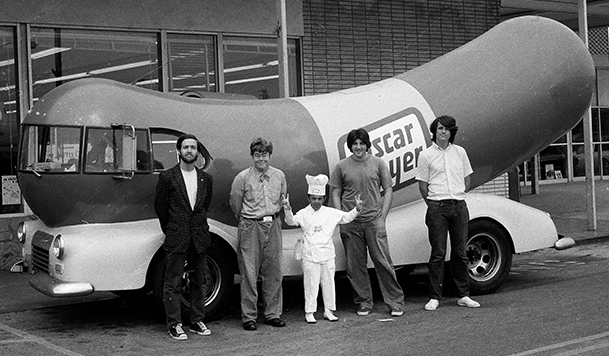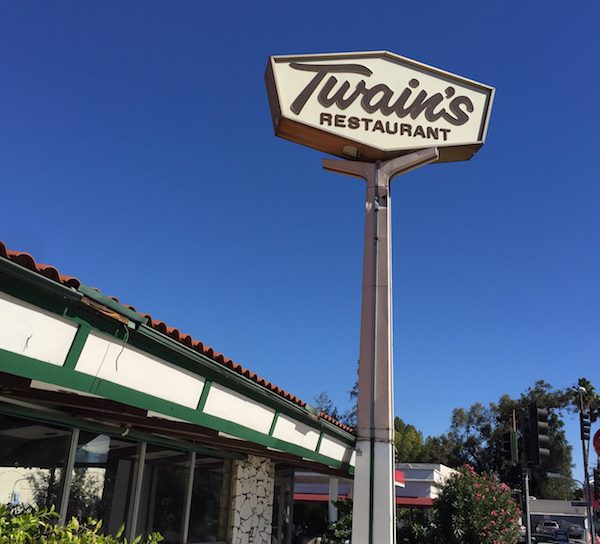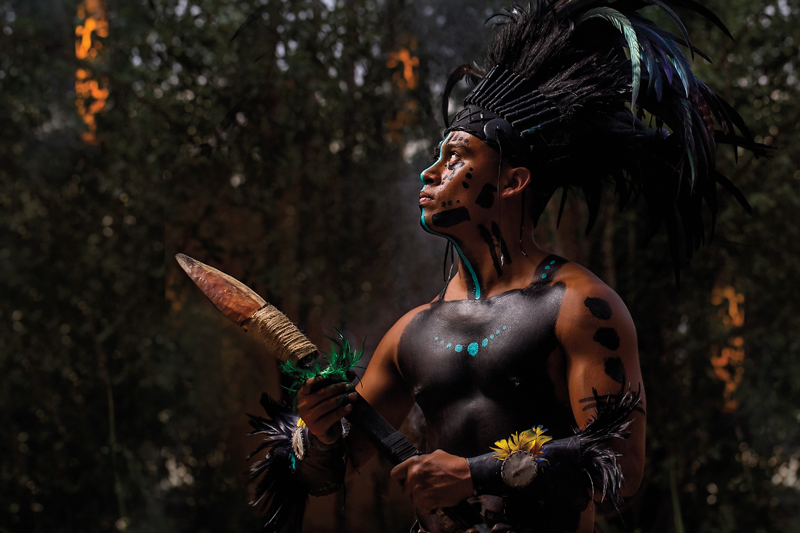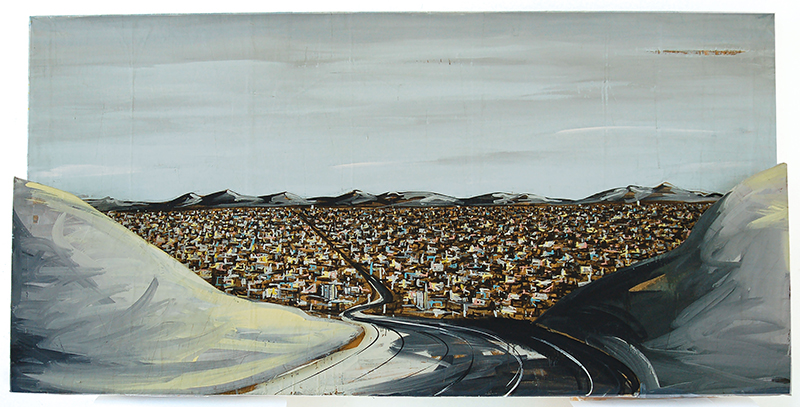
Art Quest
With his new book, an art historian seeks to set the record straight.
-
CategoryPeople
The Valley may have a population of nearly 2 million and extend some 224 square miles, but that formidable size has not garnered the region much attention in regard to LA’s cultural history. Damon Willick grew up in Sherman Oaks and Encino, attending both Oakwood and Harvard-Westlake schools. Although he now lives and works on the Westside, the associate professor of art history at Loyola Marymount University has never forgotten his Valley roots.
Having spent a considerable amount of time researching postwar American art, Damon explains that after “Pacific Standard Time,” the Getty’s survey of LA art in 2012, he was struck with the virtual omission of the Valley’s role in LA’s emergence as an art center.
“I decided then to use the Valley as a foil to expand our understanding of the city’s cultural history,” he explains. The result was Valley Vista: Art in the San Fernando Valley, ca. 1970-1990.
“The Valley as place, including its stereotypes, can be a useful foil to problematize the narratives now emerging about LA’s art history,” Damon says. He describes the 1970s and ‘80s, in particular, as a fertile time for artists in the Valley. “The period was one of transition, as the region’s image as a suburban oasis deteriorated under economic pressures and population growth.”
The artists the historian highlights in the book—some from the Valley and others who worked or studied in the region—all produced unique variations of conceptual, performance, installation and other forms of contemporary art—as he puts it, “at the very moment when these movements were emerging globally.”
Here we share a few of the works cited in Valley Vista, noting their relevance and, in Damon’s own words, why he selected them.
Jeffrey Vallance, “Oscar Mayer Wiener Mascot Meeting,” photograph, 1974
Jeffrey Vallance’s performance-based conceptual art is less about documenting the Valley than finding interesting ways to counter what he’s described as its uniform nothingness. Raised and still residing in Canoga Park, Vallance is interested in testing institutional limits, be they corporate, artistic, commercial or governmental.
For this image, Vallance followed the Oscar Mayer wiener mascot as he made promotional appearances throughout the Valley. Los Angeles was central to the rise of performance art in the 1970s, and Vallance infused a suburban perspective into the genre.
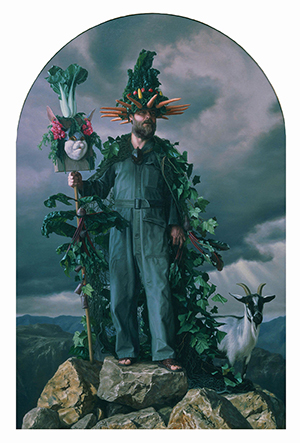 Jon Swihart, “Untitled (CSUN Tool Guy),”
Jon Swihart, “Untitled (CSUN Tool Guy),”
oil on canvas, 1991
Jon Swihart attended CSUN for undergraduate and graduate school from 1978 to 1983. One of LA’s great photorealist painters, Swihart depicts Steve Fletcher, a Vietnam veteran and CSUN employee, dressed in his military fatigues and adorned with vegetables from his garden. Fletcher had once worn this fertility-god costume to a party with the students, and Swihart decided to create a series of oil paintings on the subject.
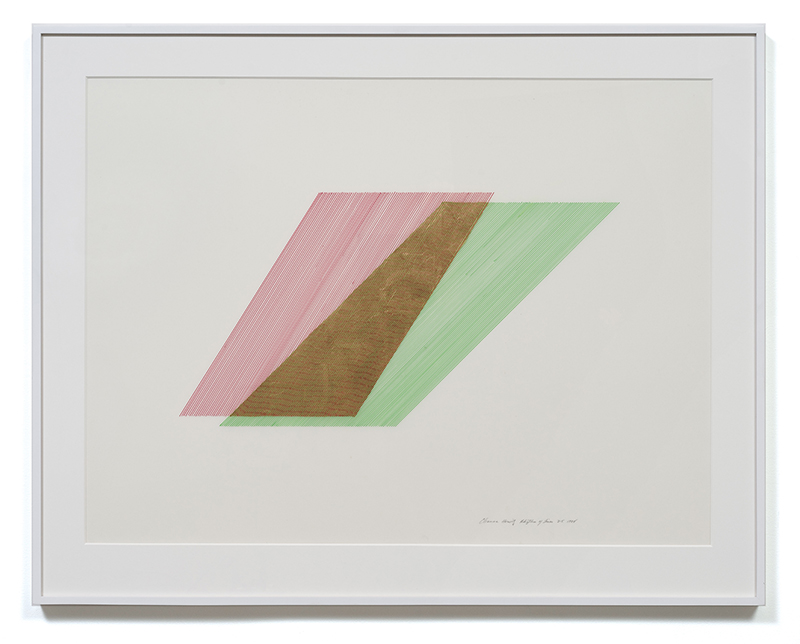
Channa Horwitz, “Rhythm of Lines 8-5,” plaka and gold leaf on Mylar, 1988
(courtesy of the Francois Gabaly Gallery)
Longtime Tarzana resident Channa Horwitz (1934–2013) created a system of art based on motion and time. Her Sonakinatography (“sound, motion, notation”) was an invented visual vocabulary that combined the repetitive use of colors and lines as a way of depicting the rhythm of time over space. Though her work extended the minimalist practices of the time, Horwitz was overlooked for much of her career as a result of her being a homemaker in the Valley. A Los Angeles Times review in the 1970s, for example, dismissed her drawings with the headline, “Pretty Notations by Valley Housewife.”
Horwitz recently participated in the 2013 Venice Biennale and the 2014 Whitney Biennial, and she was awarded a Guggenheim Memorial Fellowship shortly before her passing in 2013.
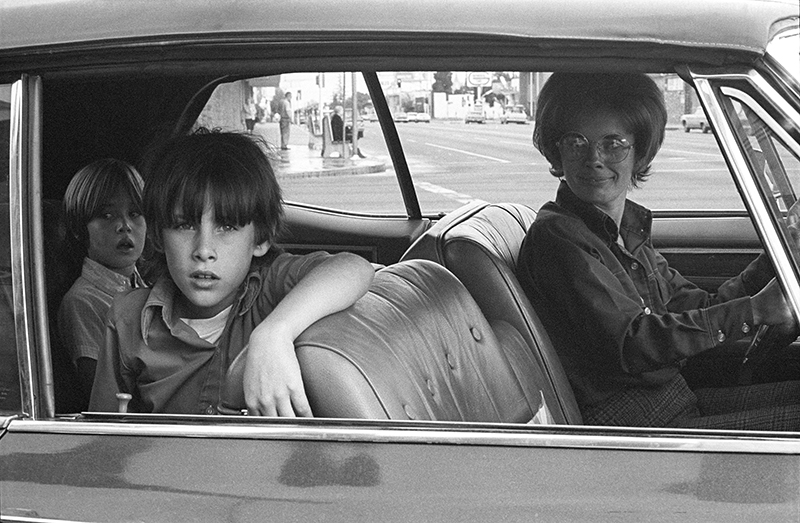
Mike Mandel, “People in Cars,” gelatin silver print, 1970
Influenced by CSUN photography professors Ed Sievers, Robert E. von Sternberg and Jerry McMillan, Mike Mandel developed a unique conceptual-based photography practice that captured the sites and tenor of the Valley in the early 1970s. Raised in North Hollywood, Mandel took this photo on the corner of Victory Boulevard and Coldwater Canyon. Mandel’s images from this time document the Valley in all of its extraordinary grandeur, exposing the strangeness of the area’s seemingly suburban ordinariness.
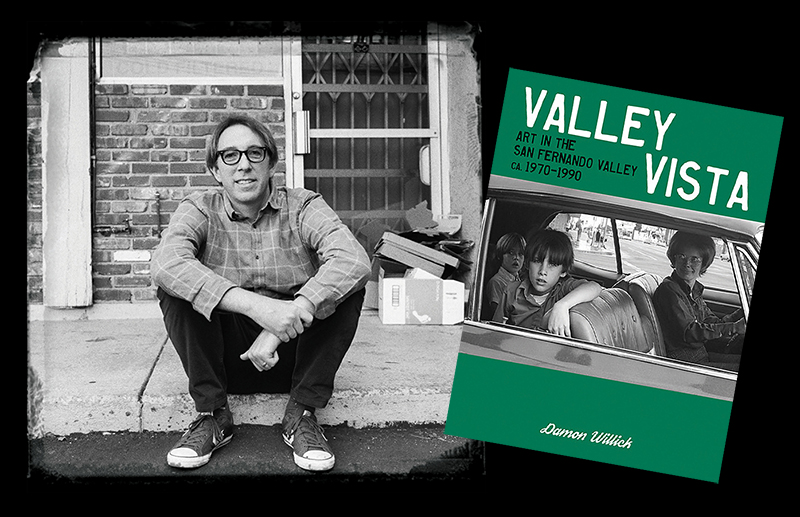
Page-Turner
Valley Vista: Art in the San Fernando Valley can be purchased locally at Big Kid Collectables, 14109 Burbank Boulevard, Sherman Oaks and online at angelcitypress.com and amazon.com.
Architect May Sung Comes to The Rescue on a Studio City Reno Gone Wild
In the right hands…finally!





